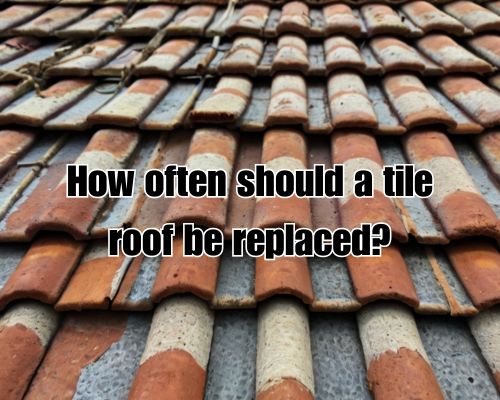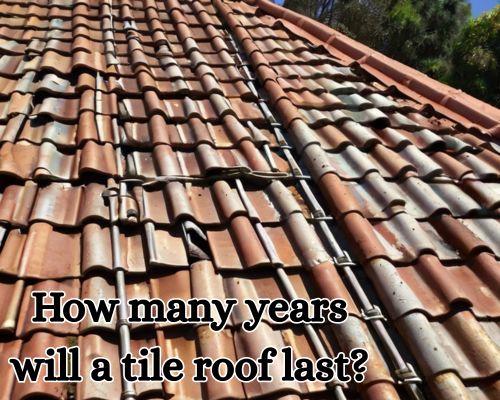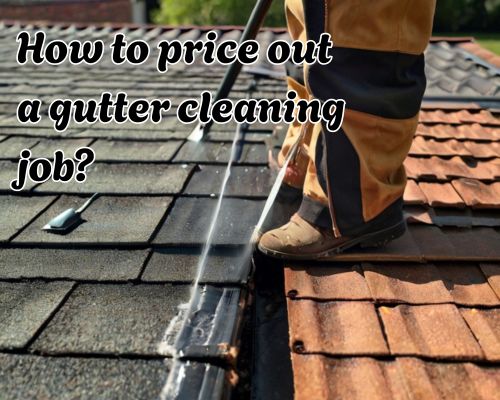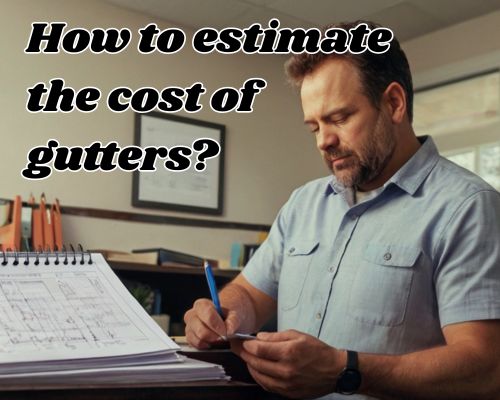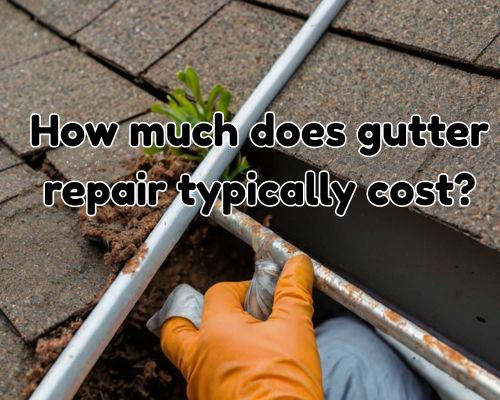What Is the Difference Between Roof Restoration and Roof Replacement? | West Palm Beach, Florida Homeowners Guide
What Is the Difference Between Roof Restoration and Roof Replacement? | West Palm Beach, Florida Homeowners Guide
When your roof starts showing signs of wear, the big question becomes: Do I need a roof restoration or a full roof replacement? For homeowners in West Palm Beach, Florida, where the subtropical climate throws in everything from blistering sun to hurricane winds, making the right choice isn’t just a cost issue — it’s about long-term home protection and value.
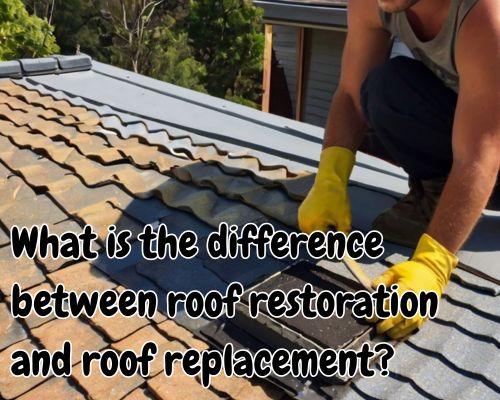
With Star Roofing, we’ll break down the difference between roof restoration and roof replacement, tailored specifically to Palm Beach County homeowners, and optimized for clarity, savings, and smart decision-making.
🔧 What Is Roof Restoration?
Roof restoration involves reviving and repairing an existing roof, not replacing it entirely. It’s most suitable when the roof structure is still solid but suffers from surface-level deterioration.
Common Restoration Tasks:
- Cleaning and removing debris or mold buildup
- Replacing damaged or missing shingles or tiles
- Repairing small leaks
- Re-coating with a protective sealant (especially for metal and tile roofs)
- Reinforcing weak spots
Ideal Candidates for Roof Restoration in West Palm Beach:
- Tile or metal roofs with minor wear
- Roofs under 20 years old
- Homeowners who want to extend the lifespan of their roof affordably
- Properties with light storm damage but no structural compromise
Key Benefits:
- Lower cost than full replacement (savings of 50–70%)
- Environmentally friendly (reuses existing materials)
- Less intrusive (quicker process, minimal debris)
- Adds 10–15 years of life to your current roof
In West Palm Beach neighborhoods like Flamingo Park, El Cid, or Lake Worth Beach, where historic tile and metal roofs are common, restoration offers an affordable way to preserve the roof’s charm and integrity.
🏠 What Is Roof Replacement?
Roof replacement means stripping off the entire existing roof down to the deck and installing a brand-new system. It’s necessary when the existing roof is too damaged, old, or fails to meet modern code requirements.
Signs You May Need a Full Replacement:
- Widespread water damage
- A roof older than 25–30 years (especially asphalt shingles)
- Frequent leaks and interior stains
- Sagging rooflines
- Severe storm or hurricane damage
- Noticeable rotting wood decking
Common Roof Types in West Palm Beach for Replacement:
- Asphalt shingles (most popular)
- Metal roofing (especially in high-wind zones like The Acreage or Loxahatchee)
- Clay or concrete tile roofs (seen in Spanish-style homes along Palm Beach Island)
Replacement Benefits:
- Full structural integrity
- Meets or exceeds Florida Building Code (important for hurricane zones)
- Potentially reduces home insurance premiums
- Adds 20–50 years of longevity depending on materials
- Significantly improves property value and curb appeal
While restoration is a band-aid, replacement is a full reboot — often essential for long-term safety and code compliance.
💲 Cost Comparison: Restoration vs. Replacement in West Palm Beach
The average cost of these services varies depending on your roof type, square footage, and materials. Here’s a quick breakdown for the Palm Beach County area:
| Service | Cost per Sq. Ft. | Avg. Total Cost (1,500 Sq. Ft. Roof) |
|---|---|---|
| Roof Restoration | $3.50 – $7.00 | $5,000 – $10,000 |
| Roof Replacement | $8.00 – $15.00 | $12,000 – $22,500+ |
Keep in mind:
- Tile roof replacements are costlier due to labor and materials.
- Insurance may partially cover replacement after storm damage (more on that below).
- Restoration is rarely covered unless tied to preventative maintenance.
🌴 West Palm Beach Climate Considerations
Living in West Palm Beach means your roof must survive:
- Intense UV radiation from year-round sun
- Heavy rainfalls and tropical storms from May to October
- Hurricane-force winds (especially during peak storm season)
- High humidity, which accelerates mildew and moss growth
This makes restoration a great option for roofs with UV degradation or algae streaking, but replacement is the better choice when structural integrity is at risk — especially after a Category 3+ hurricane.
Local roofing companies like Aastro Roofing, Tiger Team Roofing, and Gulfeagle Supply often tailor services for Miami-Dade wind mitigation codes and FBC (Florida Building Code) compliance, critical for West Palm Beach homes.
🧰 Restoration vs. Replacement: Which One Should You Choose?
Here’s a quick decision guide for West Palm Beach homeowners:
| Condition | Recommended Action |
|---|---|
| Minor leaks, discoloration, algae | Restoration |
| Roof under 20 years old | Restoration |
| Visible rot, sagging, mold inside attic | Replacement |
| Roof over 25 years old | Replacement |
| After a hurricane or major storm | Professional inspection → Likely Replacement |
| Looking to sell soon, increase value | Replacement (higher ROI) |
Tip: Always get a professional roof inspection from a certified West Palm Beach contractor. Florida law requires a roof permit for replacement — skipping this step could risk code violations and insurance issues.
🏘️ Insurance and Permits in West Palm Beach
If your roof damage is due to a storm, your homeowners insurance may cover part or all of a roof replacement, especially if caused by wind, hail, or flying debris.
Things to Know:
- Restoration is typically not covered under insurance claims.
- Insurance adjusters may only approve patchwork unless a contractor shows full-system failure.
- Permit requirements vary by municipality (e.g., West Palm Beach, Wellington, Jupiter), so work with a licensed roofing contractor like Star Roofing who pulls the right documentation.
✅ Final Thoughts: Make the Smart Choice for Your West Palm Beach Roof
Understanding the difference between roof restoration and roof replacement is crucial, especially in West Palm Beach, where weather conditions and local regulations can affect your roof’s lifespan, insurance, and property value.
Go with restoration if your roof still has solid bones but needs a facelift. But if you see signs of deep damage, sagging, or interior leaks — or you’re nearing the 25-year mark — a full roof replacement is the safer and smarter investment.
Whether you’re in Downtown WPB, Palm Beach Gardens, or Boynton Beach, proactive roofing decisions keep your home secure and your wallet protected.
📞 Pro Tip: Always Get a Local Roofing Quote
Before deciding, get at least three quotes from West Palm Beach licensed roofing contractors. Ask them to explain:
- Scope of work (restoration vs. replacement)
- Warranties
- Permits
- Insurance compatibility
A small investment in due diligence now can save you thousands down the road.
Need clarity on your roof’s condition? Schedule a free roof inspection with a trusted West Palm Beach contractor today and make the smart, cost-effective choice.

